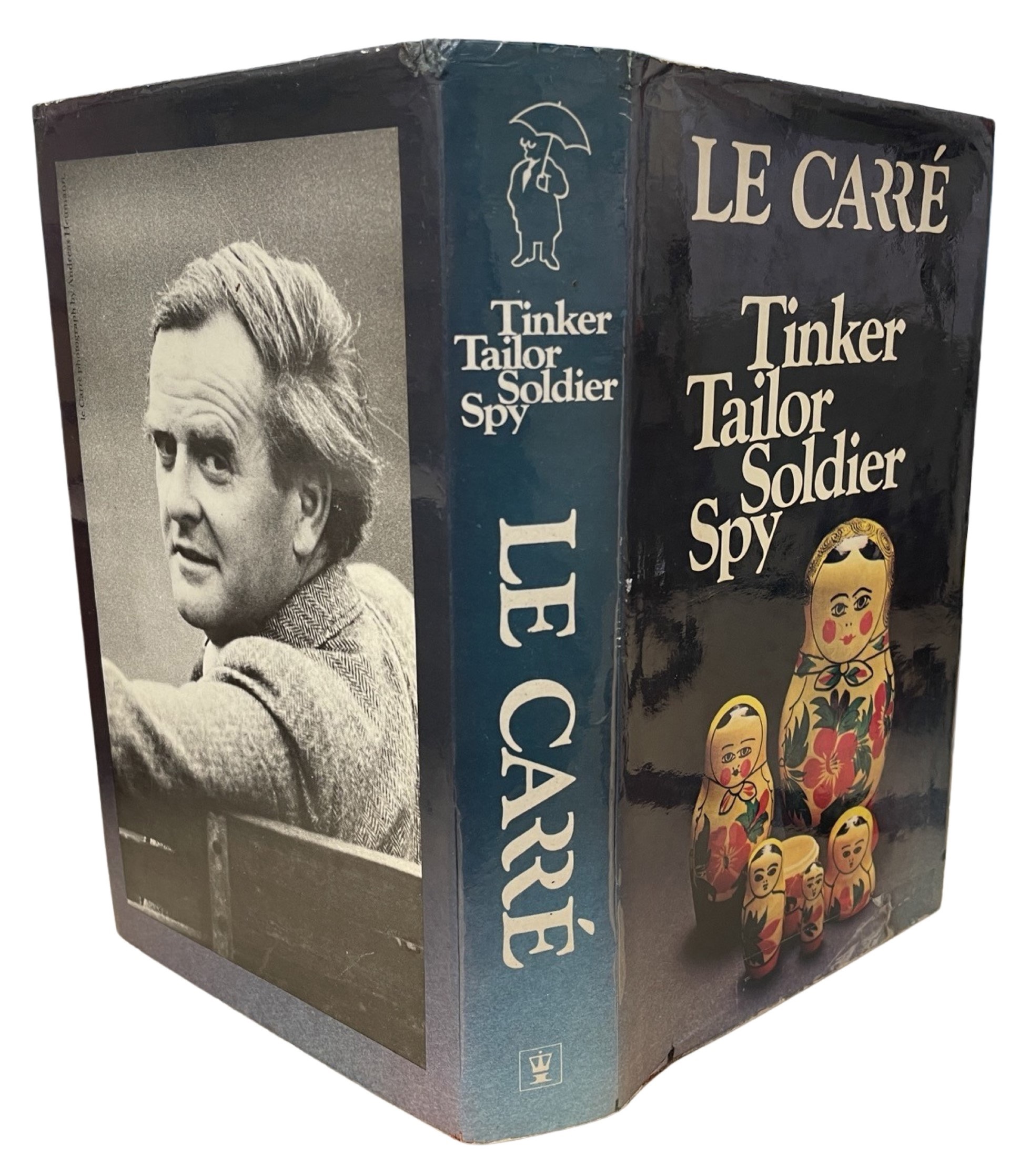

27/04/2024 General News
For many people, the main appeal of a book is the content – the characters, the story, the language – rather than the physical book itself, writes Emily Ayson. But that is by no means a universally-held view, which is one of the reasons that printed books are still much in demand despite the invention of the Kindle and other electronic reading devices.
For collectors, the ultimate manifestation of the love of the book as an object is the first edition. But why should a first edition be more collectable than any subsequent reprint of a book, especially as for successful titles, publishers sometimes invest more in design and printing once they know that the title is going to be a bestseller?
The main draw of the first edition is that it is the closest the reader can get to the author’s own actual intent. This is the first time that their work will be introduced to the world, so they tend to be much more involved in the production of a first edition than in subsequent editions. They may even have a say in how the actual book looks, and who illustrates it.
The first edition is also the ‘purest’ form of the book, unsullied by marketing claims about the number of copies sold or the number of awards won (because, obviously, these are things that can only happen after the first edition is published).
For authors who are still in the early stages of their careers, first editions tend to be produced in relatively small quantities, adding rarity to the attraction. Beware, though, not all first editions are rare. For example, by the time that later Harry Potter books were published, the first edition print runs were huge – 12 million for Harry Potter and the Deathly Hallows.
So what should you look for if you want to start collecting first editions? The first thing is to ensure it really is a first edition. There are various ways of doing this, including checking that the edition date is the same year the book was first published. Sometimes authors will change publishers, and their new publisher may then issue a first (for them) edition which is not the same thing at all.
Secondly, check whether the book has an ISBN number. These only started being used in 1966, so a book published before then should not have an ISBN number in the first edition.
Another obvious clue is that first editions shouldn’t list subsequent books in a series. If your first edition Harry Potter and the Philosopher’s Stone lists the other books in the series, it’s obviously not a first edition (if it is genuine, then congratulations: only 500 were printed, and one sold for £68,000 in 2020).
If the first edition is signed by the author, then its value will be enhanced further still. For example, in our May Book Sale, we have a first edition of the 1962 Dick Francis thriller Dead Cert which is signed by the author, which is being sold with two other first editions by the author, with a pre-sale estimate of £400-£600.
Other first editions in the same sale include books by Salman Rushdie, John le Carré, Graham Greene, Julian Barnes, Dylan Thomas, Tom Stoppard, Seamus Heaney and H.G.Wells.
Of course, rarity and monetary value are two considerations why so many people like to collect first editions. But for the true book-lover, the main attraction will always be the close connection with the author themselves and their mindset at the time of writing.
Keys next Book Sale takes place on Wednesday 8th May at their Aylsham salerooms and live on Keys’ online bidding platform KeysLive. For more details visit www.keysauctions.co.uk.